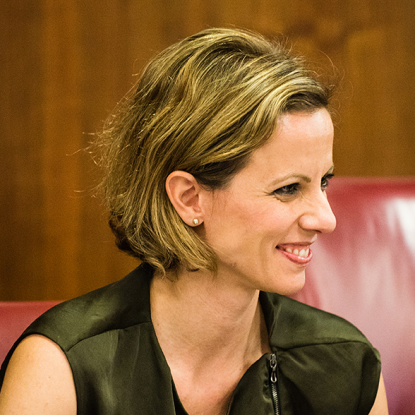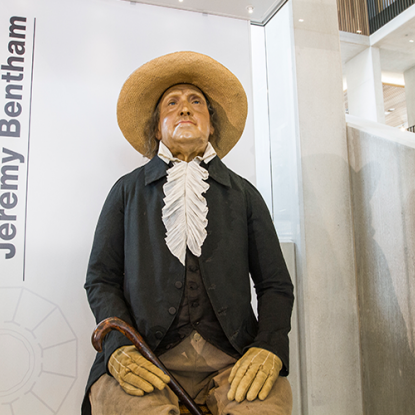Welcome to UCL Culture’s World of Tiny Things
Contained within the quiet of our museums it is the small, the tiny and microscopic pieces that call to us the loudest. From a grain of ancient Egyptian wheat to an exquisite painted miniature, a strand of a mammoth’s hair to the smallest bone in the human body. Our museums contain a mostly hidden world of weird and wonderful small objects.
Join us this May as we celebrate the small. Take part in our series of micro-meditations and create your very own ‘Digital Micrarium’.
#UCLMicroWorlds
Creative challenge: Create your own Digital Micrarium
The Micrarium in the Grant Museum is a beautiful back-lit cave of 2,300 microscope slides giving a glimpse of the vast diversity of animal life, nearly all of which is minute.
Your creative challenge is to design and curate your own ‘Digital Micrarium’ inspired by what you can find around you. Down in the depths of a cluttered drawer or hidden in a box under the bed; in a shaded part of the garden, or in a pocket of a seldom used coat, small things are waiting for you to notice them again…
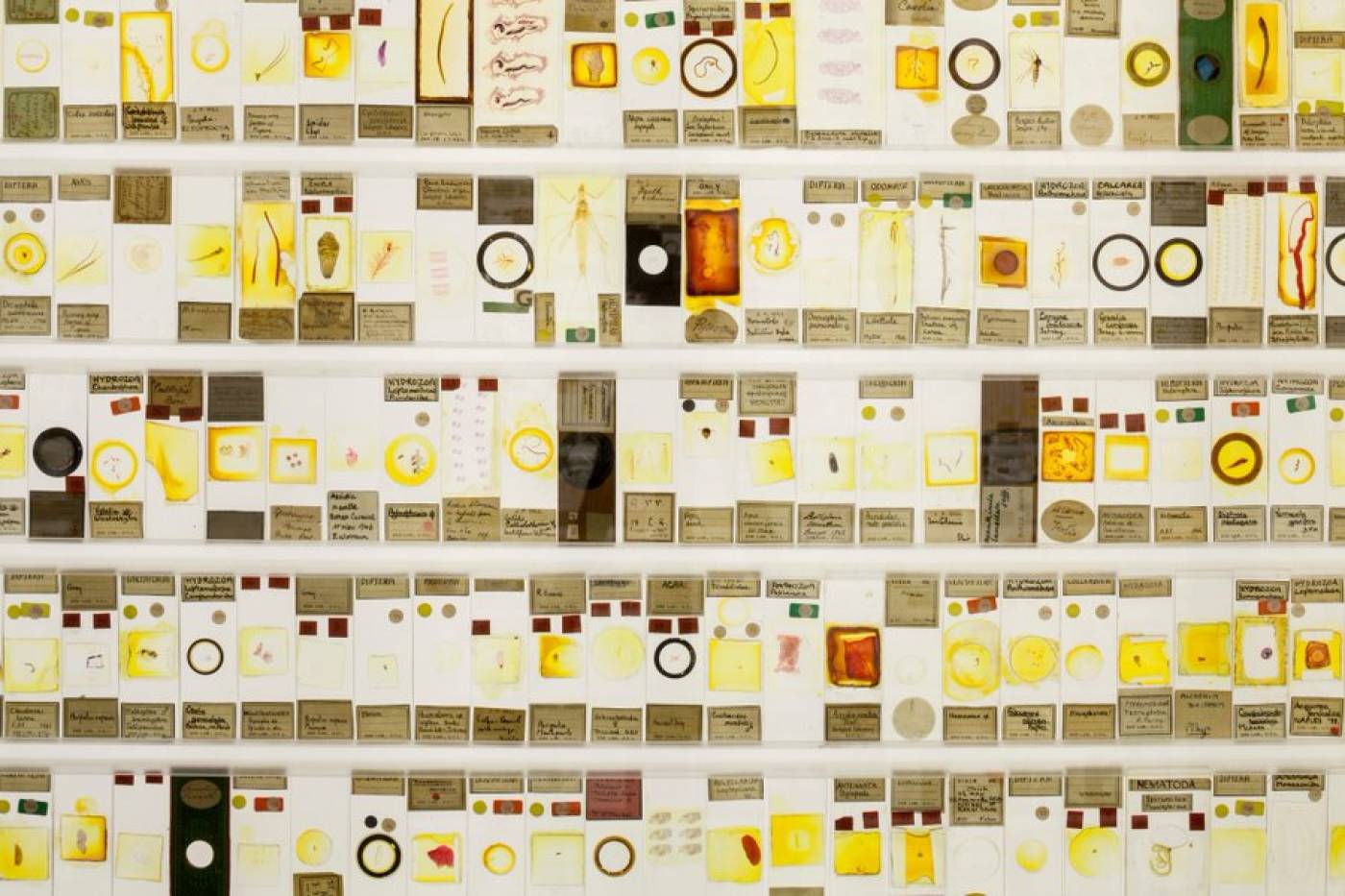
Micrarium in the Grant Museum
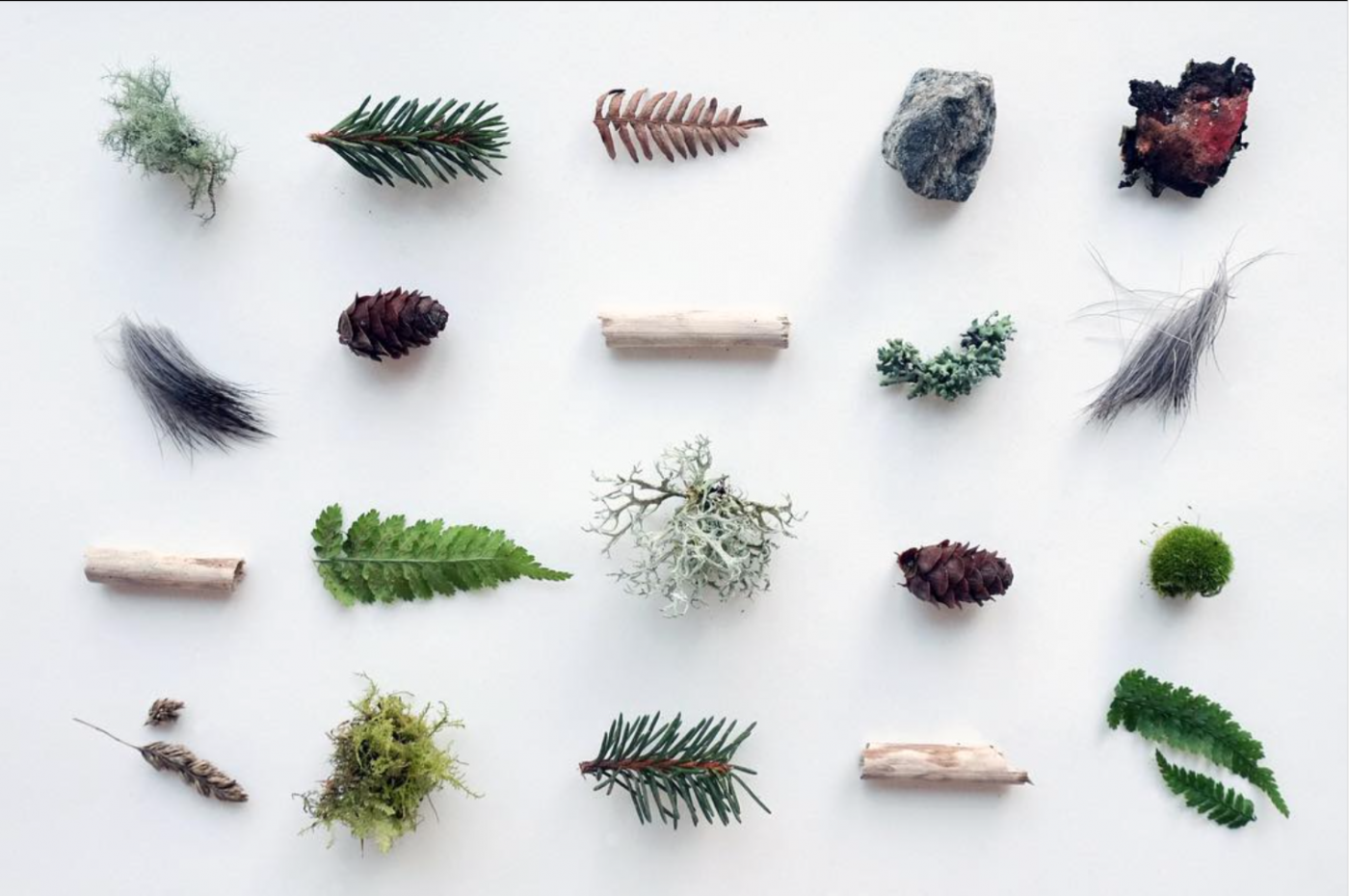
Digital Micrarium inspired by things found during a walk in the woods in Scotland

Digital Micrarium inspired by the view from a window during lockdown
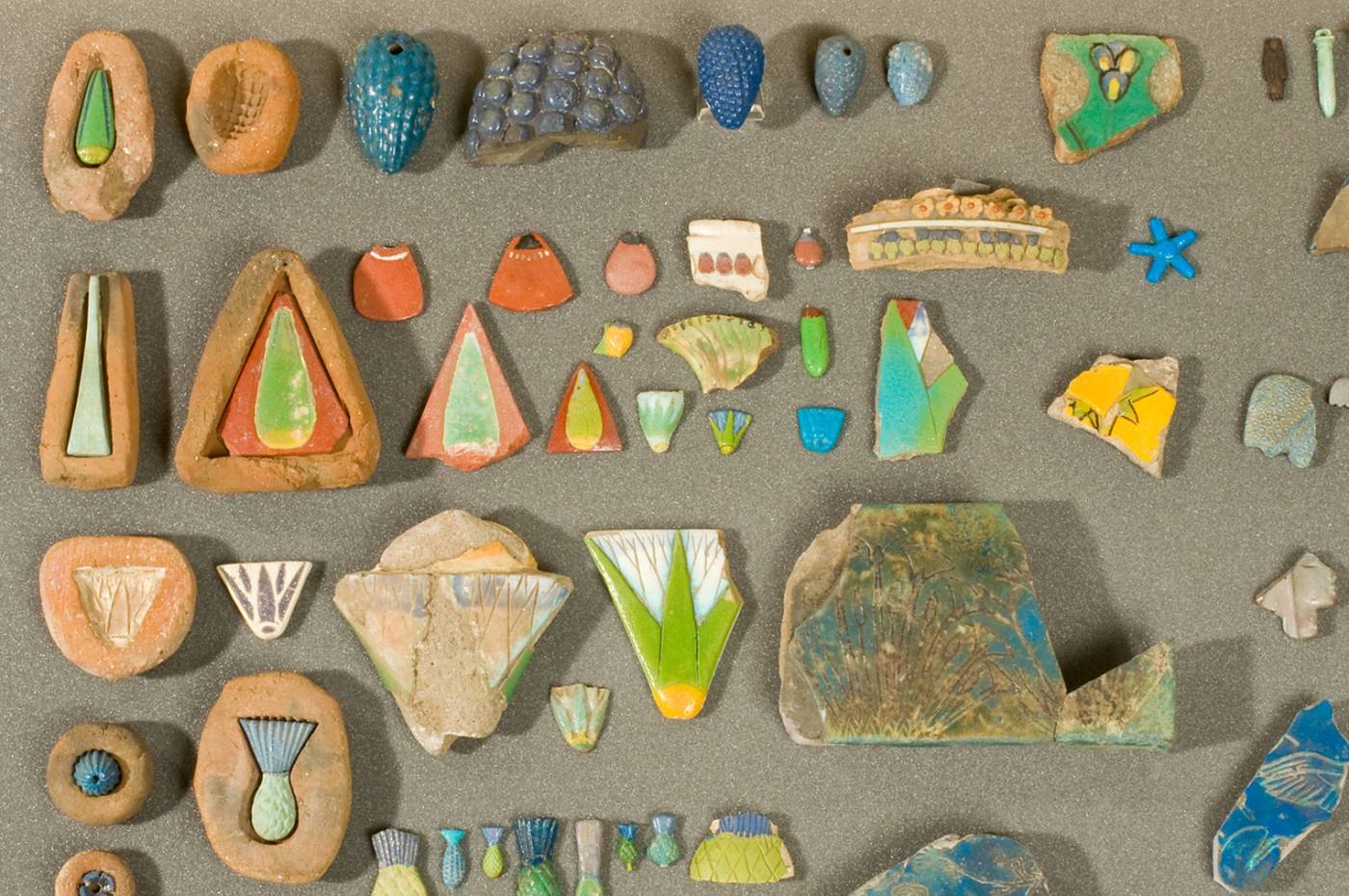
Collection of furniture and sculpture inlays from the Petrie Museum
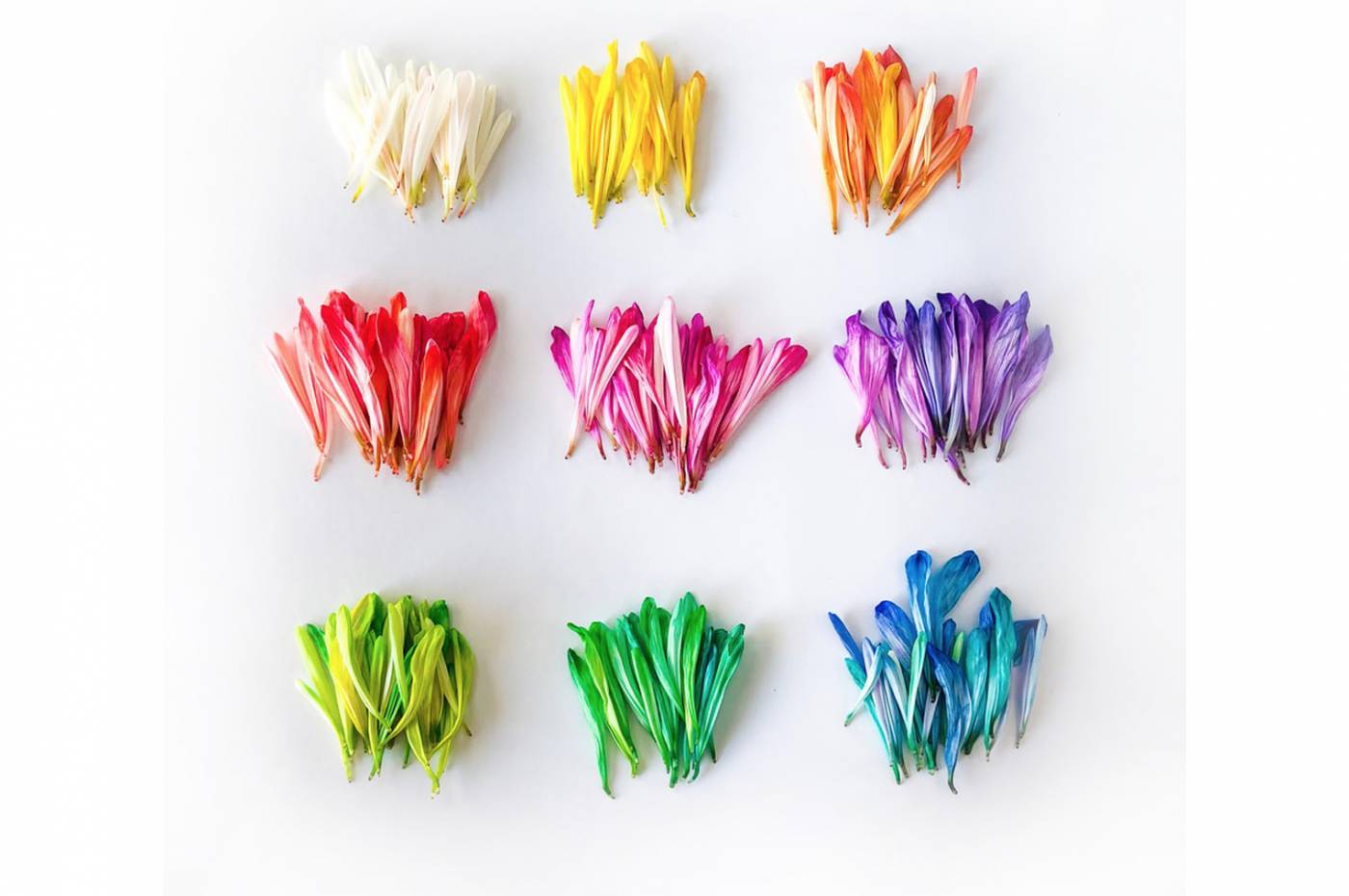
Inspiration for your Digital Micrarium: Petals organised by colour by Jessica Lee (via Unsplash)
Choosing anything from a bead of a broken necklace to a close-up of a leaf – we ask you to find and curate your own tiny objects. Arrange them on a large piece of white paper and take a photograph or draw them from above.
What story do the items you’ve chosen tell? What do they say about you, your environment or your mood? Share your Digital Micrariums with us on social media with #UCLMicroWorlds and we will repost our favourites.
Creative challenge: Micro-meditations
Every Monday across our social media channels we will be giving you a new micro-meditation challenge. It’s the perfect opportunity to slow down, study something up close and discovery its beauty.
Explore our Collections
You can explore many of our tiny collections online. Here are some of the highlights:
The Micrarium
It’s often said that 95% of known animal species are smaller than your thumb. But have you noticed how most museums fill their displays with big animals? We have created a beautiful back-lit cave displaying the tiniest specimens in the collection. All in just 2.52 square metres.
Find out more about the Micrarium
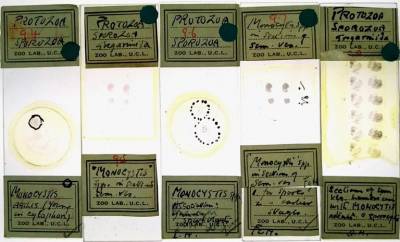
Microscope slides prepared by Doris Mackinnon, showing Monocystis, a parasite of the sperm sacs of earthworms.
Collection of Protozoa
Doris Mackinnon (1883-1956) was a Scottish protozoologist and parasitologist. During World War I she did vital work studying and diagnosing amoebic dysentery and other intestinal parasites that affected the soldiers.
Find out more
3,000-year-old Egyptian wheat genome
This study was carried out by an international research team who mapped the genetic code from a sample of wheat harvested over 3,000 years ago in Egypt.
Find out more
Meteorite beads
These beads are made from iron-rich meteorites that fell to earth 5,000 years ago. Someone in Egypt took the time to collect this brittle material, heat and hammer it until it was a millimetre thick and then carefully roll it into beads. They are the oldest known worked iron items in the world.
Find out more
Ramsay discharge tubes
These discharge tubes in the UCL Science Collection were used by Sir William Ramsay in his discovery of five new elements now known as the noble gases.
Find out more
 Close
Close


